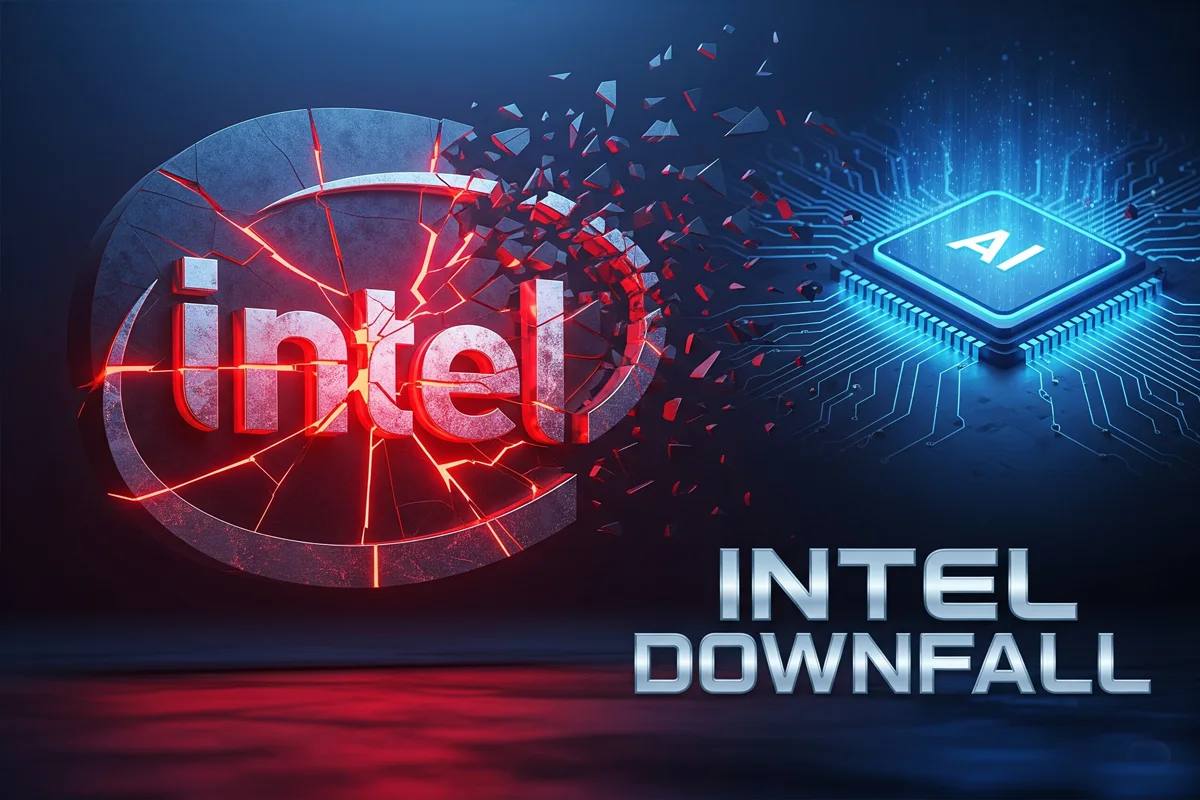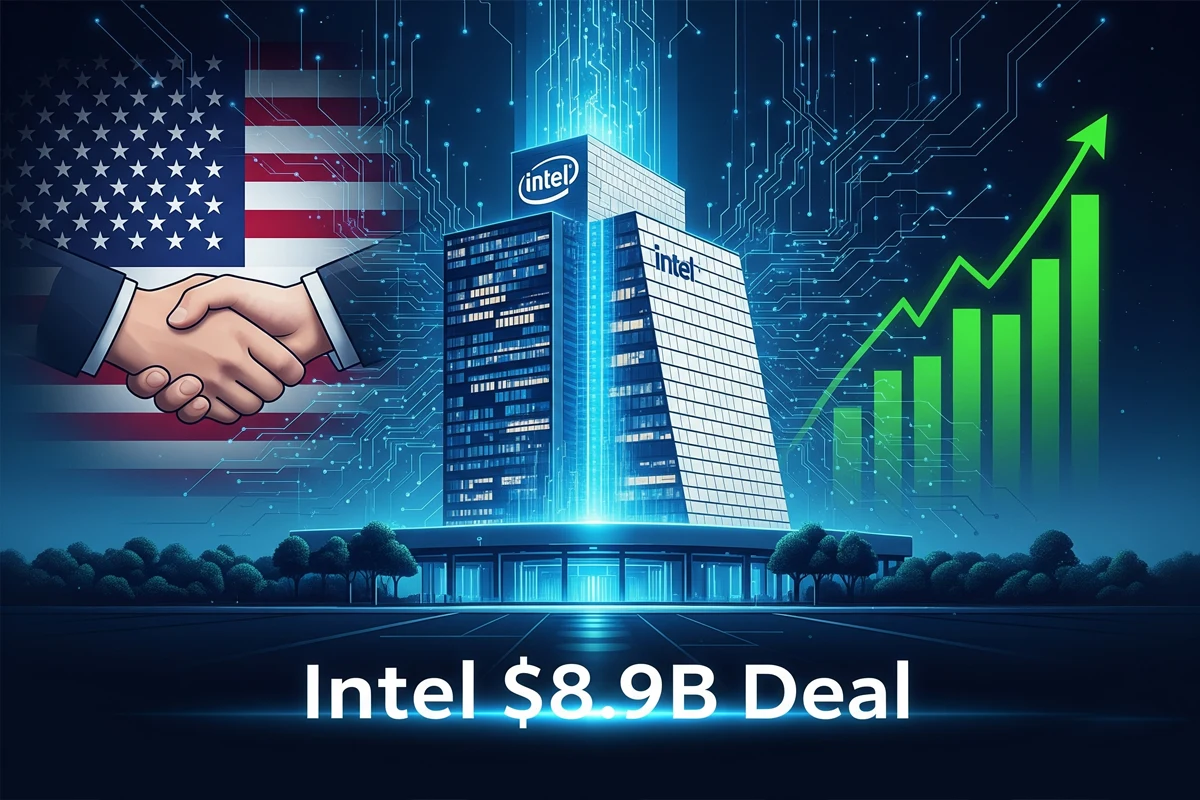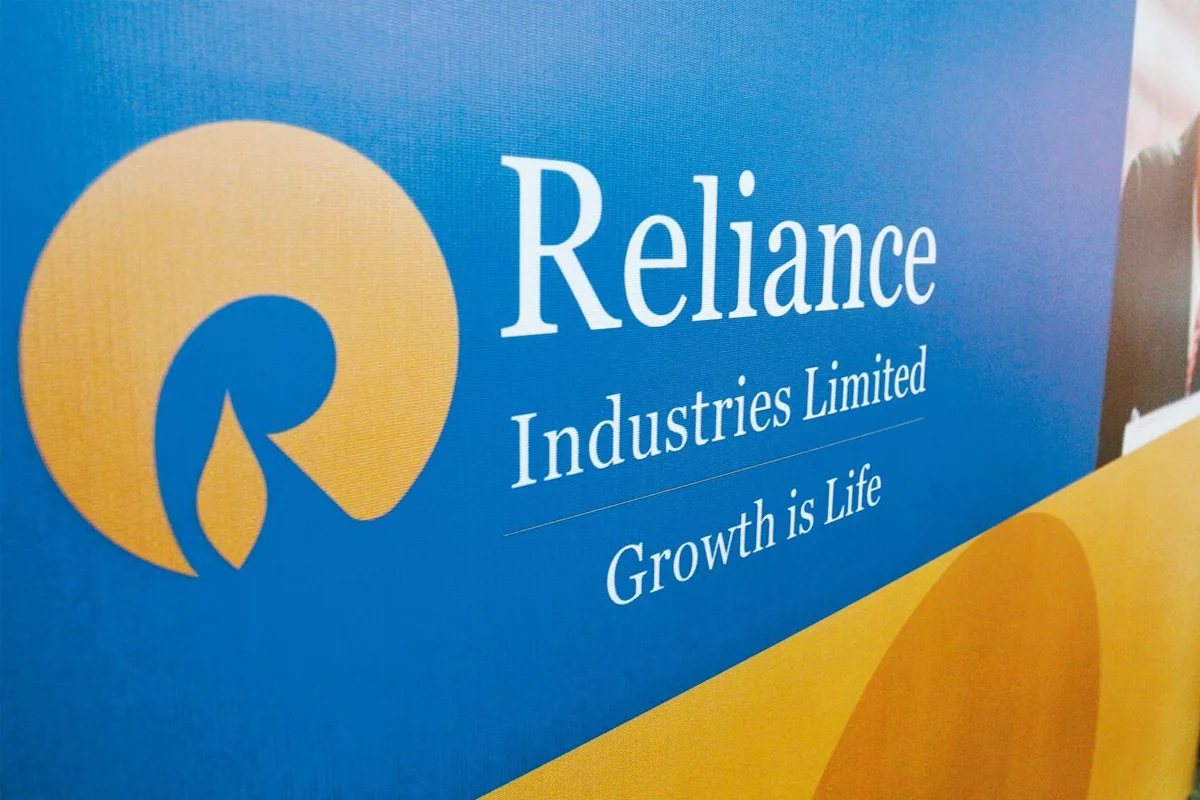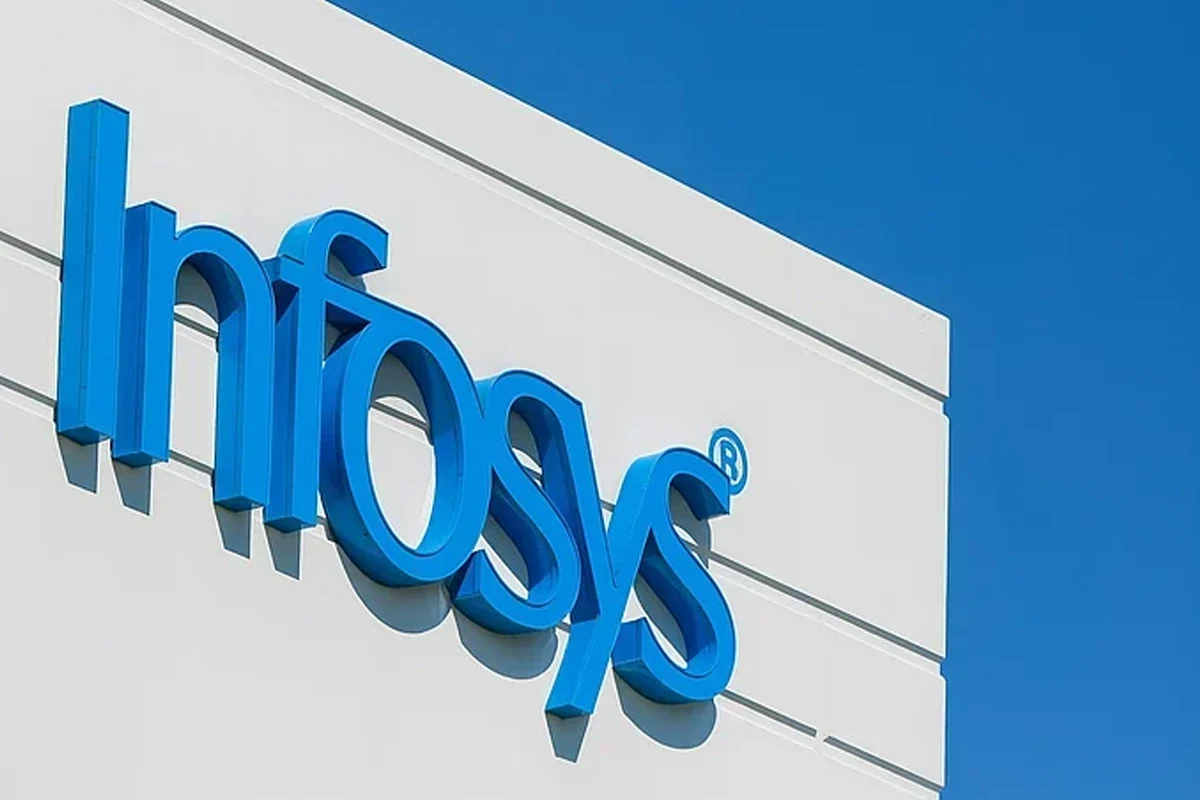The Long, Painful Intel Downfall: From Tech Icon to Struggle for Survival
During the golden era of Silicon Valley, when people were dreaming new technology dreams, there was one name that was heard in every household—Intel. A company that started the personal computer revolution, which put the microchip and microprocessor at the core of the world, and without which neither Windows would run nor the world would be able to move ahead in the world of PCs. But today, when we look at Intel in 2025, the story is completely different. This is the story of the downfall of Intel, a big tech empire, in which the one-time king fell down due to his own decisions and missed opportunities.
Intel Downfall Started After Andy Grove’s Era
Andy Grove, who was the third employee of Intel and remained in the leadership role from 1979 to 2005, had a mantra—”Only the paranoid survive.” During his time, Intel changed the entire landscape of personal computing. The “Wintel Era” became a household phrase, in which the duo of Microsoft and Intel ruled the computers around the world.
But as Grove left Intel, the company missed the smartphone revolution, lagged behind in the artificial intelligence race and struggled in chip manufacturing. This was the point where Intel downfall began.
Missed Opportunities and Growing Competition – Intel Downfall

Intel’s biggest missed chance was the Apple iPhone. In 2005, Intel CEO Paul Otellini rejected Steve Jobs’ offer in which Apple wanted to buy Intel chips for its iPhone. Intel felt that Apple’s offer was not profitable. But today when we see the success of the iPhone, it seems that this would have been a life-changing deal. Otellini later admitted he had made a big mistake.
In the meantime, competitors like Taiwan Semiconductor, Taiwan Semiconductor Company (TSMC) and Samsung overtook Intel in chip manufacturing. Nvidia captured the AI revolution through graphics processing units (GPUs), while Intel kept canceling its projects and was slow in bringing new products to market. These slow decisions and complacency accelerated Intel’s downfall.
Intel Downfall and Government Intervention
When a company starts losing its leadership, governments often intervene. The same happened with Intel. After the AI boom in 2023, cloud companies shifted to Nvidia‘s GPUs, and Intel’s sales began to fall. Despite this, Intel secured billion-dollar funding through the U.S. CHIPS Act, in which the government allocated $50 billion to revive the semiconductor industry.
But the funding was not fully successful in saving Intel. Costs were rising, competitors were moving ahead, and investors’ confidence was waning. Eventually, the U.S. government decided to take a 10% stake in Intel. This was a symbolic moment that clearly showed that Intel downfall had become more of a national-level concern than a corporate failure.
Legacy vs Present: Intel’s Shattered Dominance
There was a time when every PC had a sticker of “Intel Inside.” Every consumer proudly used Intel chips. But now the situation is reversed. Nvidia is today the most valuable public company in the world, whose market cap has crossed $4.3 trillion, while Intel’s valuation has shrunk to just $108 billion.
Harvard Business School professor and former Intel board member David Yoffie once said, “Andy Grove always feared government intervention and complacency. Today all his fears have become reality.” This line perfectly sums up the story of Intel.
Future of Intel After Downfall
Now the question is whether Intel will be able to regain its lost glory. Lip-Bu Tan, now the new leader of Intel, has introduced an AI-focused strategy and an aggressive cost-cutting plan. But it is also clear that the way forward will not be easy for Intel. Competitors like Nvidia and TSMC have become kings of the market, and Intel will have to show extraordinary execution in each of its steps.
Today, Intel’s story is a reminder that in Silicon Valley, no company can remain on top forever. Companies that miss the new wave lose their empire. And Intel’s story is the biggest proof that even giants can fall, and Intel downfall is a painful but powerful lesson.
Conclusion: A Tech Giant’s Rise and Fall
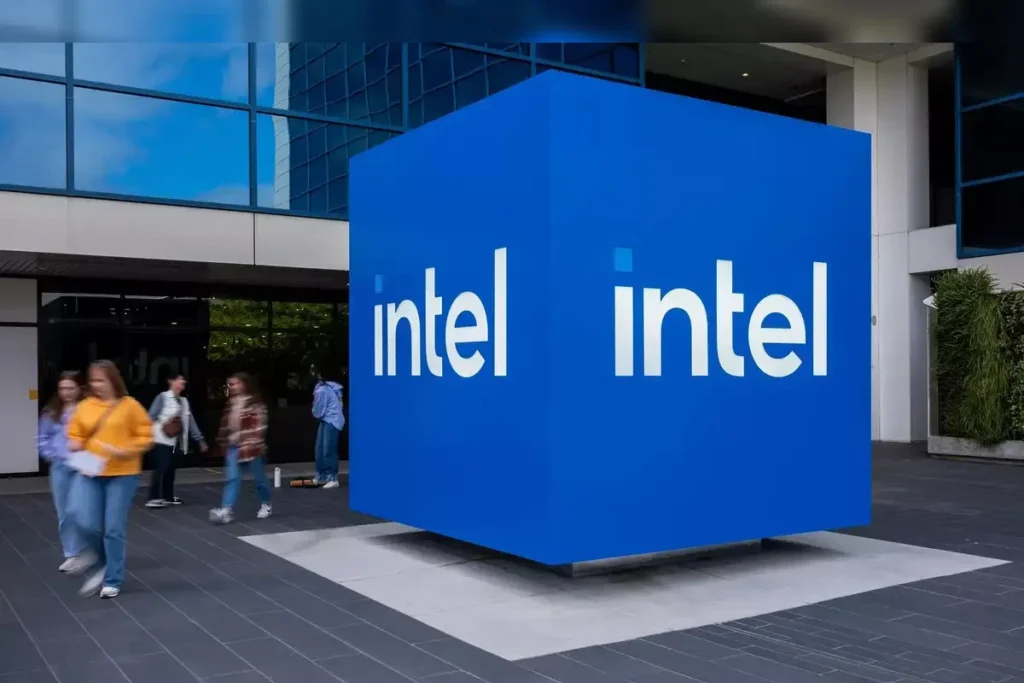
Intel’s journey is both an inspiring and tragic story. A company that started in 1968 and changed the world with microchips and microprocessors is now dependent on government support for its survival. This story is not just about the intel downfall of a company but a warning to every tech leader that complacency and missed opportunities leave you nowhere.
There is still hope for Intel if it can regain its lost dominance in AI and semiconductor innovation. But healing the damage that has already been done will not be easy. Intel’s journey will always be written in history books as one of the biggest examples of Intel’s downfall in the global tech industry.
Disclaimer:
This article is for informational purpose only. The facts and data given in it are based on publicly available sources. We ensure its accuracy but it would not be right to base it for financial or investment decisions.
Also Read
Nvidia H20 Chip Production Halted as China Cracks Down on AI Hardware
